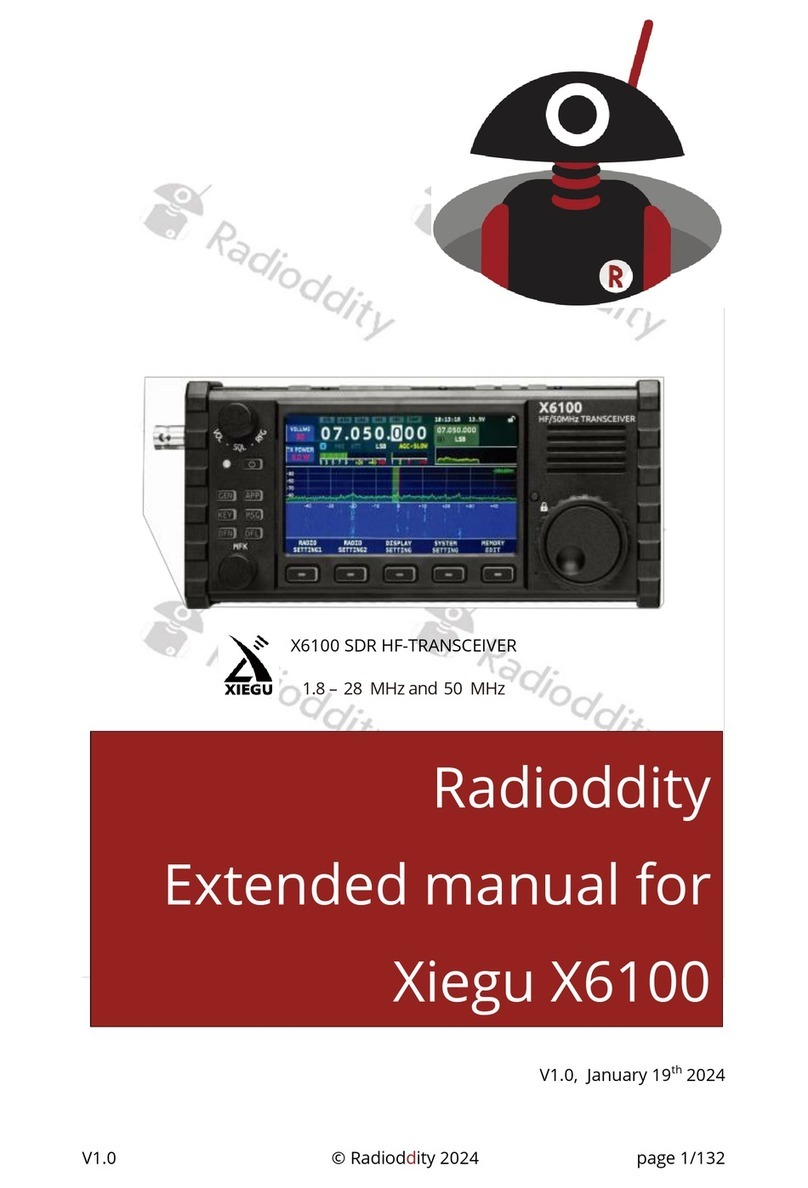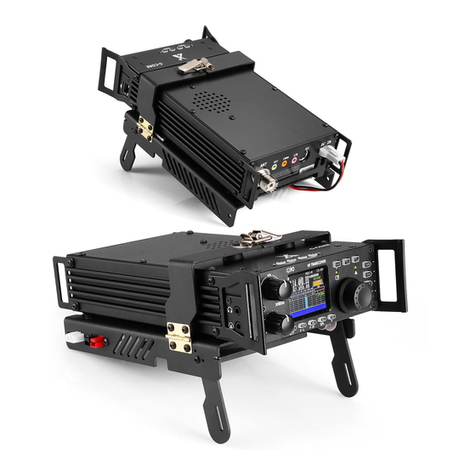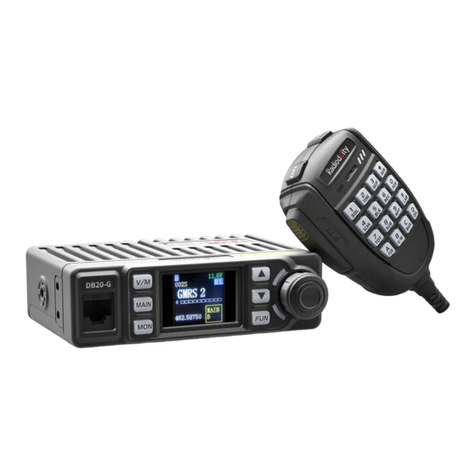
Summary
The Radioddity QR20 is an ultra-portable full-frequency full-mode SDR radio with a reception from
100kHz to 2GHz and transmit from 160m to 70cm. The operation modes include SSB, CW, AM, FM,
RTTY and digital modes. It includes multiple advanced functions and features as an SRD radio
station. The QR20 is designed with both USB and DC interface power supply modes.
The display adopts high-brightness and high-resolution liquid crystal display with adjusted backlight
brightness, which can be clearly displayed outdoors. The panel is designed with full keyboard, which
is convenient for various operations. The keyboard is with backlight to help operate this radio in a
dark environment. The QR20 has a built-in Bluetooth module, a USB cable integrated sound card
and a serial port. You can easily control the radio with a single USB cable.
The QR20 has a lot of advanced features that are only available in large base stations. This gear has
dual VFO mode, different frequency operation function, intermediate frequency offset adjustment,
receiving frequency fine-tuning, intermediate frequency noise suppression, AGC speed selection, RF
gain adjustment, squelch control, front attenuator, AM aviation communication reception, AM/FM
Broadcast reception, built-in telegraph automatic key, automatic key-point ratio adjustment, built-in
CTCSS analog tone, automatic shutdown function (APO), transmission timeout function (TOT);
connection with computer and computer-aided control function, copy function, etc.
In addition, the QR20 has several modules to customize more functions.
Features:
1. Real-time spectrum
2. Waterfall chart
3. Supports FT8 mode
4. Using software-defined radio technology
(SDR), with multi-band and multi-mode
(SSB, CW, RTTY, AM, FM, and optional
DMR) support
5. Double conversion circuit structure
6. IF width and IF shift hardware and
software can be modified to provide
powerful IF interference suppression
7. DSP digital noise reduction
8. Built-in 160-6 meters high-speed
automatic antenna tuner
9. Built-in electronic key controller, all
parameters can be set flexibly
10. Built-in sound card with IQ and audio output
11. USB TYPEC3.1 interface for power supply
and computer connection
12. High precision TXCO ± 0.5ppm (-10-60 ℃)
13. Ultra-wide working voltage range: 5-32VDC
14. Power supply reverse polarity protection
15. GPS / BeiDou, GSM, electronic compass
(acceleration, angle sensor) (optional)
16. GPS time service (requires optional
GPS module)
17. Built-in UTC clock
18. Voltage display
19. VOX
20. Support RTTY, DTU, CW via keyboard
21. Ultra-light weight: ≤4.4lb (2kg)
22. IF IQ signal output available (which enables
DRM decoding via PC)
Visit Radioddity.com For Downloads And Help






























